Certified Technicians Recalibrate Mercedes Lane Assist Safety

Mercedes lane assist recalibration is crucial for advanced driver-assistance system (ADAS) safety an…….
In the rapidly evolving realm of automotive technology, Mercedes-Benz has consistently been at the forefront, pioneering innovations that shape the future of driving. One such groundbreaking feature is the Mercedes Lane Assist system, which has undergone a significant transformation through recalibration—a process that promises to enhance safety and improve the overall driving experience. This article delves into the intricacies of Mercedes Lane Assist Recalibration, exploring its technical aspects, global impact, economic implications, and its role in shaping the future of autonomous vehicles. By examining these facets, we gain valuable insights into a technology that is not only pivotal for Mercedes-Benz but also holds profound consequences for the automotive industry at large.
Definition and Core Components:
Mercedes Lane Assist Recalibration refers to the process of refining and updating the algorithms and sensors within the Mercedes Lane Keeping Assist (LKA) system. LKA is an advanced driver-assistance system (ADAS) designed to help drivers maintain their vehicle in the correct lane, preventing unintentional drifting or lane departures. The core components include high-resolution cameras, steerable radar sensors, and sophisticated software algorithms. These work in harmony to monitor road markings, detect lane boundaries, and provide corrective steering inputs if the vehicle starts to veer off course.
Historical Context:
The development of lane departure warning systems can be traced back to the early 2000s when automotive manufacturers began exploring ways to enhance driver safety. Mercedes-Benz introduced its initial lane keeping assist technology in 2013, offering a proactive solution to prevent accidents caused by lane drifting. Over time, as sensor technologies improved and machine learning algorithms advanced, the system evolved into more sophisticated forms, culminating in the current recalibration process.
Significance:
Mercedes Lane Assist Recalibration is crucial for several reasons:
The influence of Mercedes Lane Assist Recalibration extends far beyond the boundaries of Germany, with significant global implications:
| Region | Trends and Adoption Rate | Key Factors Driving Implementation |
|---|---|---|
| North America | High adoption rate, especially among luxury car brands. Advanced driver-assistance systems (ADAS) are becoming standard in new vehicle models. | Stricter safety regulations and consumer demand for autonomous driving features. |
| Europe | Uniform standards across the EU, with Germany leading the way in ADAS development. The system is widely adopted in premium vehicles. | Stringent safety requirements and a mature automotive industry focused on innovation. |
| Asia-Pacific | Rapidly growing market due to increasing vehicle ownership and technological advancements. China, in particular, is a hub for autonomous driving research. | Government incentives, rapid urbanization, and consumer appetite for cutting-edge technology. |
Regional Differences:
Market Dynamics:
The global market for Advanced Driver Assistance Systems (ADAS) is experiencing rapid growth, projected to reach $167 billion by 2025, according to a report by MarketsandMarkets. Mercedes-Benz, as a leading luxury car manufacturer, is well-positioned to capitalize on this trend. The integration of Lane Assist Recalibration and other ADAS features enhances vehicle value and attracts tech-savvy buyers.
Investment Patterns:
Mercedes-Benz has invested heavily in research and development (R&D) for autonomous driving technologies, including lane assist systems. These investments are strategic, aiming to stay ahead of competitors and meet evolving customer expectations. The company’s R&D spend on ADAS is a significant portion of its total budget, reflecting the importance it places on this domain.
Economic Impact:
Mercedes Lane Assist Recalibration is underpinned by several cutting-edge technologies:
Impact on Safety:
These technological advancements have led to significant improvements in lane departure prevention systems:
Future Potential:
The future holds immense potential for Mercedes Lane Assist Recalibration:
The development and deployment of Mercedes Lane Assist Recalibration are subject to various policies and regulations:
Despite its many advantages, Mercedes Lane Assist Recalibration faces several challenges:
| Challenge | Description | Proposed Solutions |
|---|---|---|
| Sensor Limitations | Weather conditions like heavy rain or snow can degrade sensor performance. | Enhance algorithms to compensate for weather-related issues and consider hybrid sensor systems for improved robustness. |
| Data Availability | Training models requires vast datasets, which may not be readily available in certain regions. | Collaborate with mapping companies to create comprehensive data sets and share knowledge to improve global coverage. |
| False Positives/Negatives | Balancing the system’s sensitivity to avoid false alarms while maintaining its effectiveness is a challenge. | Refine algorithms for improved accuracy and allow driver feedback to adjust settings. |
| Ethical Considerations | Ensuring fairness and transparency in how the system makes decisions, especially in critical situations. | Implement ethical guidelines and transparent reporting mechanisms to build trust among users. |
Mercedes-Benz demonstrated the advanced capabilities of its lane assist system during real-world testing on Germany’s autobahns. The S-Class sedan, equipped with the latest LKA version, successfully navigated high-speed highways, adapting to varying road conditions and traffic patterns. The system proved highly effective in preventing lane departures, even under demanding conditions, showcasing the benefits of continuous recalibration and sensor fusion.
In a city like Seattle, with its narrow streets and frequent fog, the Mercedes LKA system was tested extensively. The vehicle demonstrated remarkable performance in maintaining lane position, even in challenging urban settings. By adjusting to local road conditions and improving its perception algorithms, Mercedes has addressed a significant pain point for ADAS in densely populated areas.
A comprehensive study involving Mercedes drivers who frequently travel long distances revealed the system’s ability to learn and adapt to individual driving styles. Over time, the LKA system tailored its response to each driver, improving overall comfort and fuel efficiency. This case highlights the potential for personalized settings and the system’s role in enhancing the overall driving experience.
The future of Mercedes Lane Assist Recalibration is promising, with several growth areas and emerging trends:
Mercedes Lane Assist Recalibration represents a significant step forward in automotive technology, offering enhanced safety features and improved driving experiences. Through continuous recalibration and the integration of advanced technologies, Mercedes-Benz sets the standard for autonomous driving innovations. As the world moves towards smarter and safer transportation, this feature will play a pivotal role in shaping the future of mobility, ensuring that drivers and passengers alike benefit from cutting-edge technology.
Q: How does Lane Assist Recalibration improve safety?
A: By refining algorithms and sensor calibration, the system becomes more accurate in detecting lane boundaries and preventing unintentional lane departures, reducing the risk of accidents.
Q: Can Mercedes Lane Assist adapt to different driving styles?
A: Yes, through machine learning, the system can learn individual driver preferences and adjust its response accordingly, providing a personalized and comfortable driving experience.
Q: What are the legal requirements for implementing this technology?
A: Automotive manufacturers must adhere to regional safety standards and data privacy laws. Obtaining regulatory approvals is essential before deploying ADAS features like Lane Assist Recalibration in specific markets.
Q: How does Mercedes ensure the system works well in all weather conditions?
A: Continuous testing and refinement, along with advanced algorithms, enable the system to compensate for adverse weather conditions, ensuring optimal performance regardless of the climate.
Q: Will this technology lead to fully autonomous vehicles?
A: While Lane Assist Recalibration contributes to autonomous driving capabilities, it is part of a broader suite of ADAS features. Fully autonomous vehicles require additional sensors and technologies, but Mercedes’ current focus is on enhancing driver assistance systems.

Mercedes lane assist recalibration is crucial for advanced driver-assistance system (ADAS) safety an…….
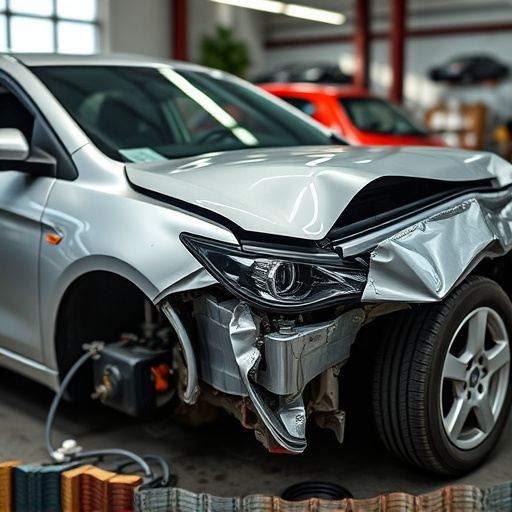
Mercedes lane assist recalibration is a crucial service that maintains the precision of Advanced Dri…….
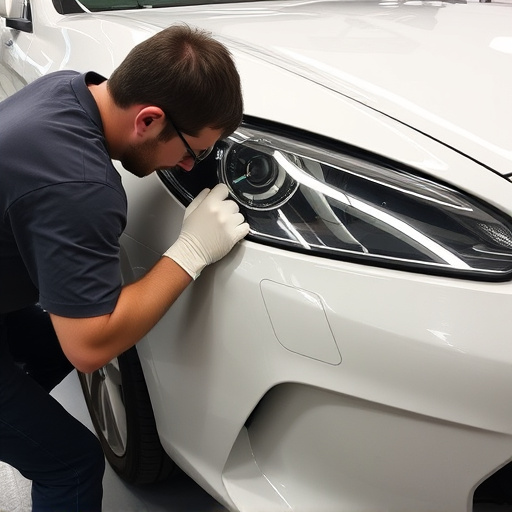
Mercedes Lane Assist requires periodic recalibration after suspension adjustments to maintain accura…….
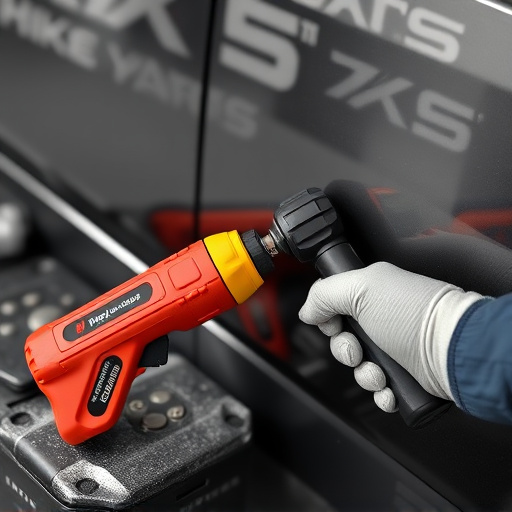
Mercedes lane assist recalibration is essential for maintaining optimal vehicle safety and performan…….
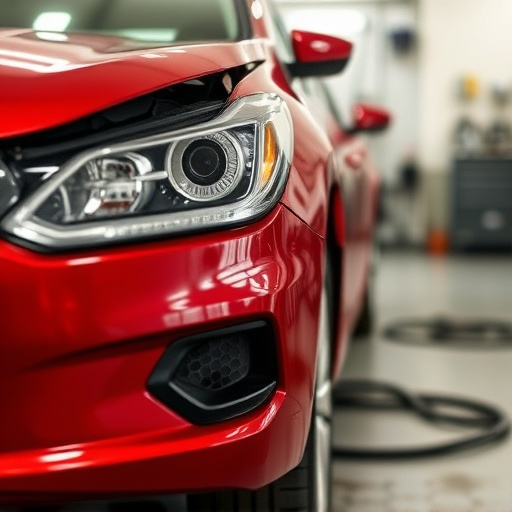
Mercedes lane assist recalibration is vital for safety and system accuracy. Certified technicians us…….
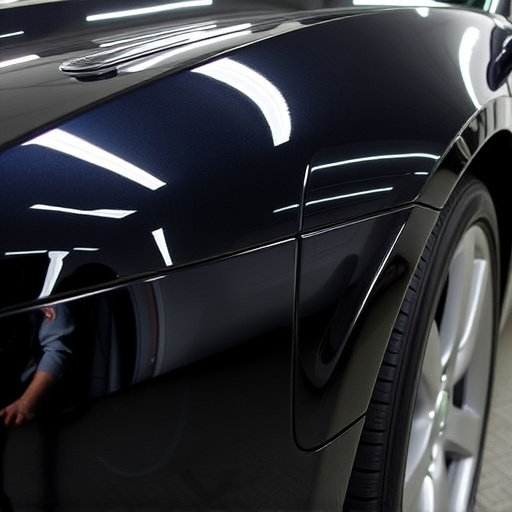
Mercedes Lane Assist recalibration is essential for safe, optimal operation of advanced driver assis…….

Mercedes lane assist recalibration is a vital step after any front-end collision to ensure the advan…….
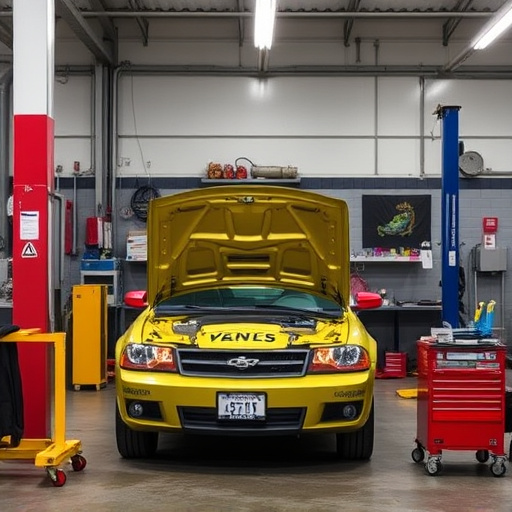
The Mercedes Lane Assist System, crucial for safety, requires regular recalibration after accidents…….
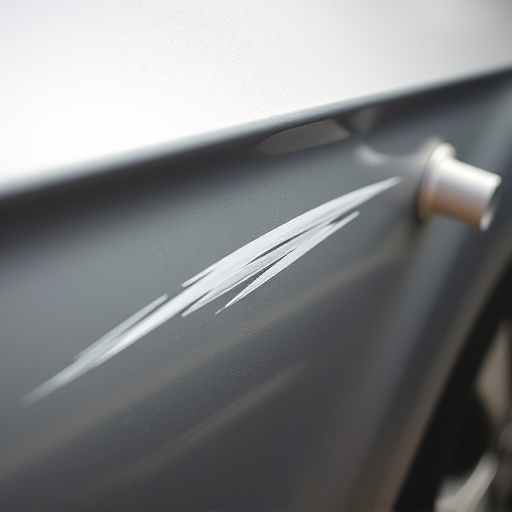
Mercedes lane assist recalibration is vital for safety after vehicle repairs, especially complex one…….

Mercedes lane assist recalibration is a critical process that maintains the accuracy of automated dr…….